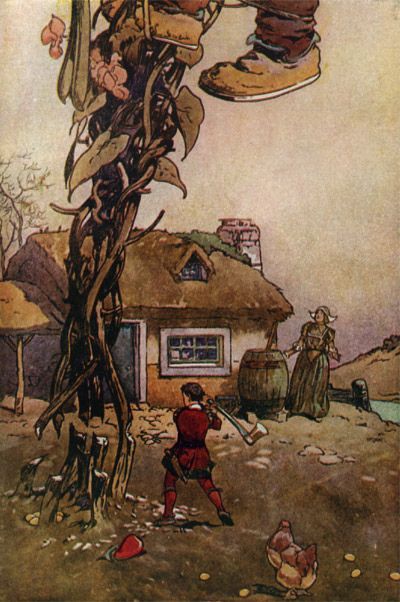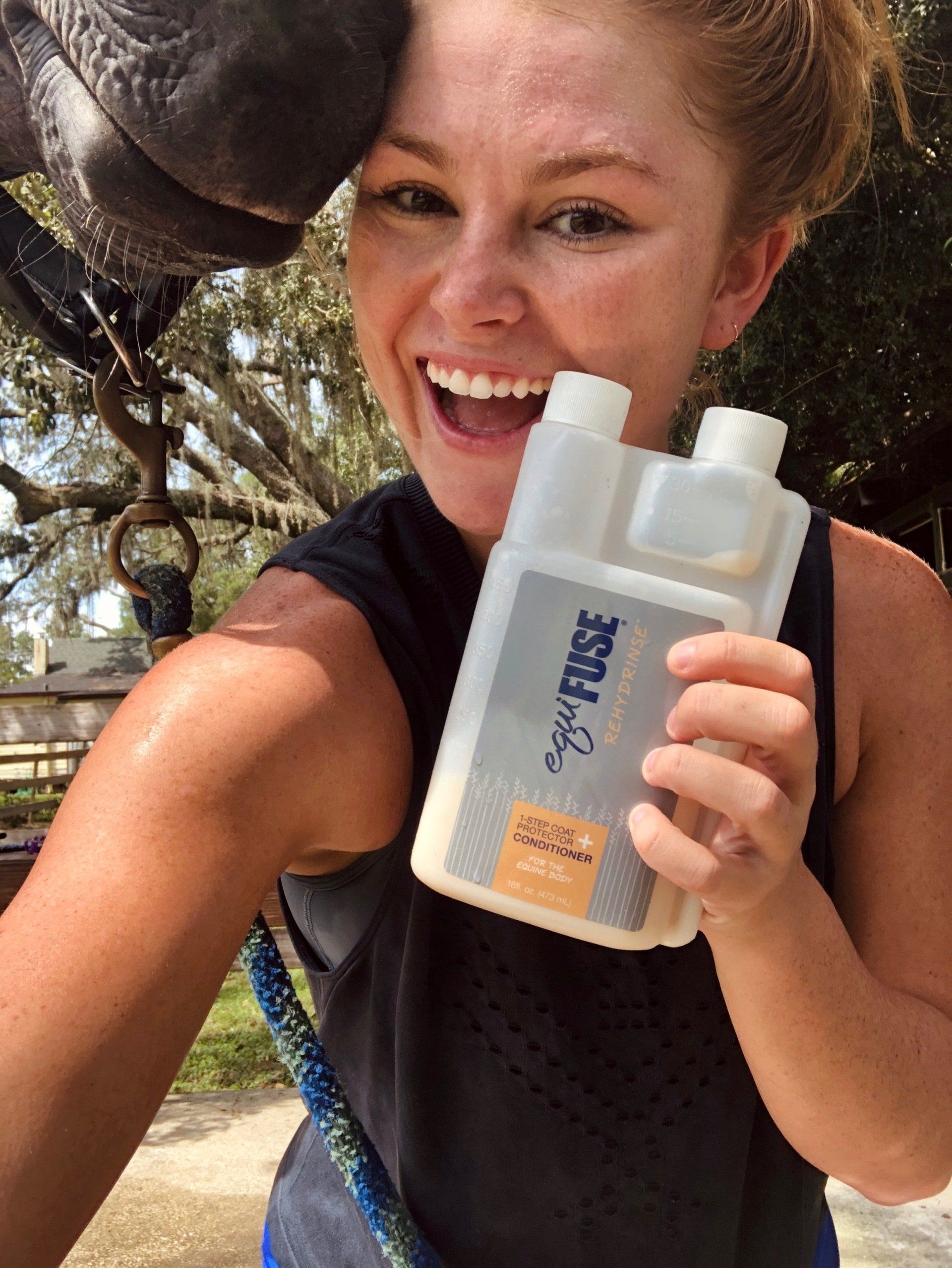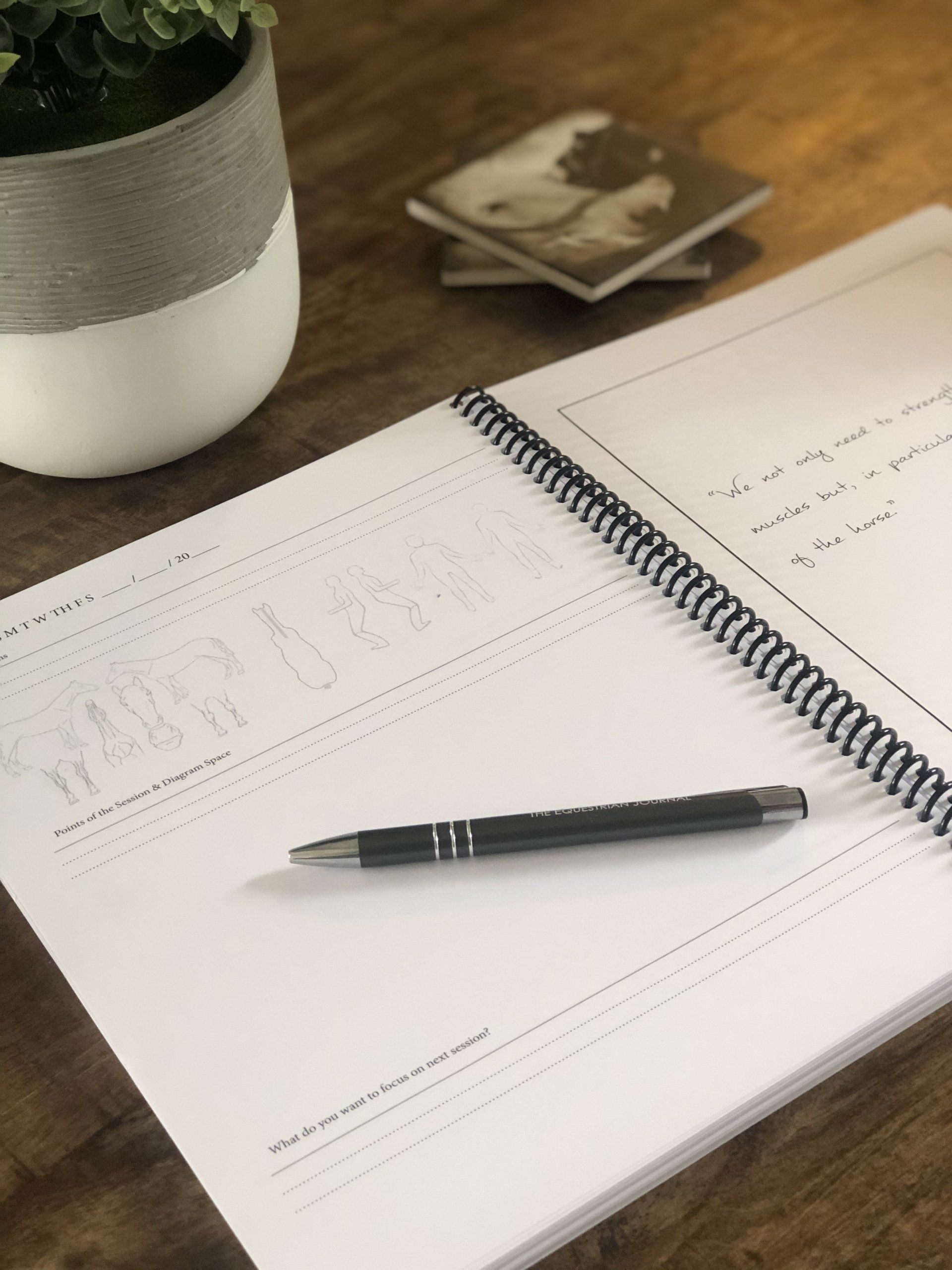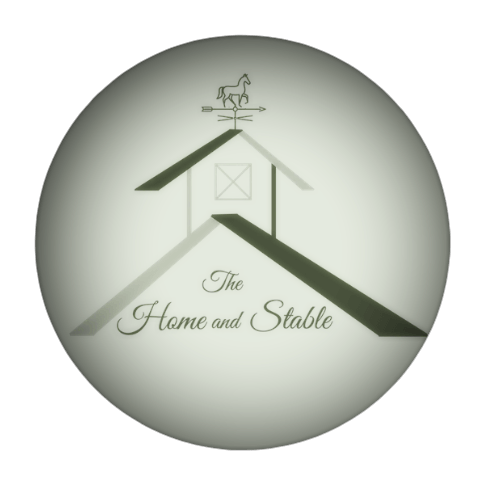I have loved dressage from the moment I watched Anneliese Vogt-Harber perform a musical freestyle on her white Lipizzaner at Wills Park in Alpharetta GA in 1990. Pretty specific, right? But I will never forget it. My journey began there and here are my stories.
Renee and the L Program
Just call me Angela!
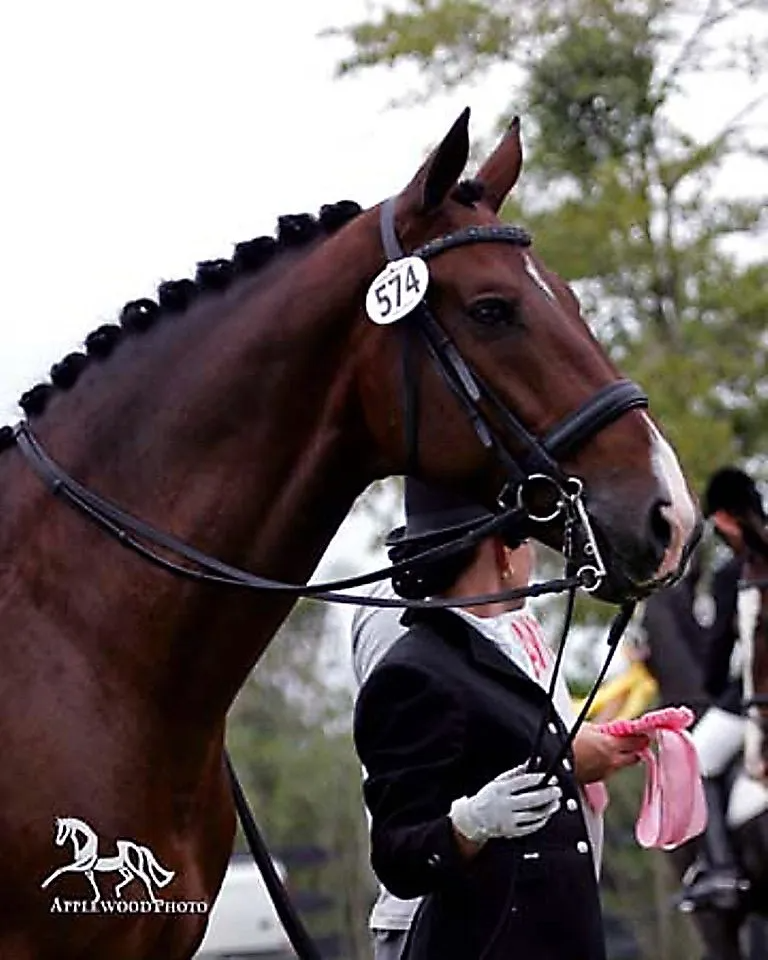
After having ridden dressage for 20 years, I realized that I improve more quickly when I understand the intent behind the direction the trainer is giving me. For example, my trainer may tell me to do a shoulder-in down the long side. Ok fine, I put my arms here and I put my legs there and I do the shoulder-in. If I ask why, the trainer may say that they are looking for me to supple and balance the horse while encouraging him to use his hind end.

How is this observed by a judge? In a test, the judge has a set of directives to evaluate how supple, balanced and useful is the hind end at a particular level. I wanted to understand how movements are truly evaluated so I signed up for the L Program.
I was an adult amateur who didn’t train horses or teach riders so I had a lot to learn. At the time, I was head of HR for a Fortune 20 company with 180K colleagues and I can tell you that the L Program was by far the harder of the two to master. I’m sure my L Program leaders would agree with my struggle but it was one of the singular most important things I’ve done. Every time I’ve ridden down centerline since then, I bring an understanding of how gaits and directives impact my score and how to appreciate the judge’s comments.

My experience…
I was living in Rhode Island when I began the program. So, I joined the New England (NEDA) Program run by a group in Saugerties, New York. Sessions were held in New York and New Jersey in a variety of hotels, barns and horse shows. Our final exam was actually held at the Regionals. The course combined video, books, guest experts and an amazing array of volunteer organizers, horses and riders.
For each session, I brought along my notebook, practice tests, the General and Dressage Rulebook (read it, learn it) and sometimes a scribe. I signed up for the program to begin in January thinking it was riding down time. It snowed 3 feet during our first weekend and I was not prepared, good grief. I had just moved from Florida and had never seen 6 inches of snow much less 3 feet. Best first lesson for judges, be prepared for anything. After the first class, I brought along better hand warmers and waterproof winter clothes. Oh and by the way, my nametag the first day had my first name on it, Angela. Apparently, making new nametags was NOT an option. So, from then on during this surreal experience, I answered to Angela!

For me, evaluating gaits and describing what I was seeing quickly was tough. The verbal skills developed by trainers is a definite asset when movements are flying by quickly. The ‘S’ judge Bill Solynjes was an observer that year and took pity on me. He invited me to all of his shows in Florida to sit and practice judging. I will never forget his generosity, patience and vast knowledge of gaits.
The person you bring as a scribe should be experienced as a scribe. This isn’t the time to teach your husband or a non-horsey friend how to keep you organized especially if you miss a movement and have to go back to it. I was fortunate to take a friend who had scribed for her sister during the program and that was a godsend for me.
I’d also recommend that you go to as many shows as you can with your scribe to practice your verbal skills and writing your summary for the rider. Learning to give the rider a note of appreciation as well as a comment describing an actionable for them to work on is an acquired skill. Trust me…”Nice tail” doesn’t get you too far!
For me, evaluating gaits and describing what I was seeing quickly was tough. The verbal skills developed by trainers is a definite asset when movements are flying by quickly. The ‘S’ judge Bill Solynjes was an observer that year and took pity on me. He invited me to all of his shows in Florida to sit and practice scribing. I will never forget his generosity, patience and vast knowledge of gaits.
The person you bring as a scribe should be experienced as a scribe. This isn’t the time to teach your husband or a non-horsey friend how to keep you organized especially if you miss a movement and have to go back to it. I was fortunate to take a friend who had scribed for her sister during the program and that was a godsend for me.
I’d also recommend that you go to as many shows as you can with your scribe to practice your verbal skills and writing your summary for the rider. Learning to give the rider a note of appreciation as well as a comment describing an actionable for them to work on is an acquired skill. Trust me…”Nice tail” doesn’t get you too far!
I think every rider should at least audit the program. You won’t regret it. You don’t have to go through the testing portion unless you have true judging goals. Here is the program description.
Developed by the USDF Judges’ Committee, this educational training program teaches judges to evaluate the correct training of dressage horses. The L Education Program is designed with several goals in mind: Provide trainers, instructors, competitors and spectators' insight into the evaluative techniques of judging dressage.
The Program is divided into two parts; each part is made up of three sessions:
Part 1- “A Judge’s Perspective” is open to all USDF Members; this is the educational foundation of the program.
- Session A is an introduction to judging and biomechanics.
- Session B is about judging criteria for gaits & paces, movements & figures.
- Session C is about collective marks, equitation, rider biomechanics and basics.
Part 2- “Candidate’s Evaluation” is open to Participating Members with three verified scores from USEF-licensed/USDF-recognized competitions. The requirement consists of two scores of 65% or higher at the highest test of Second Level and one score of 62% or higher at Third Level or above. Three scores of 62% or higher at Third Level or above from three different judges or any combination of these requirements would also meet the requirements (see Participant Guide for more information). Part 2 is geared towards those who are interested in graduating from the program to officiate at schooling shows or who plan to apply for the USEF’s ‘r’ Judge Training Program.
- Session D1 involves practice judging full tests in each of the levels at a recognized competition.
- Session D2 is similar to the D1 Session but with more emphasis on the testing situation and prepares candidates for the final exam.
- Final Exam is comprised of both a written and practical exam. The written exam is all True/False and multiple choice, while the practical exam is a combination of judging full tests and some oral judging as well.
Let me know if you take the program. Who knows, maybe you will judge me one day!!
